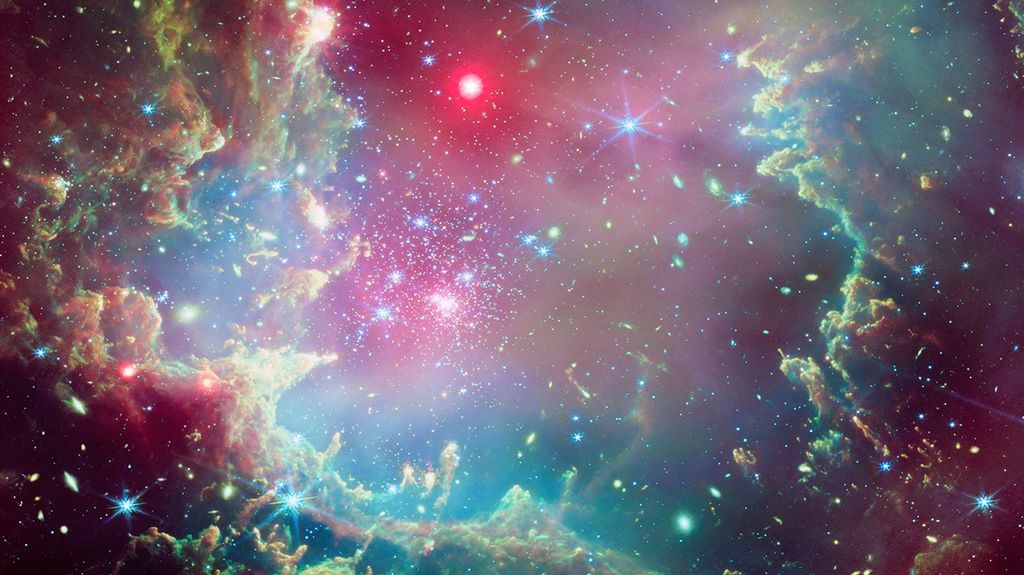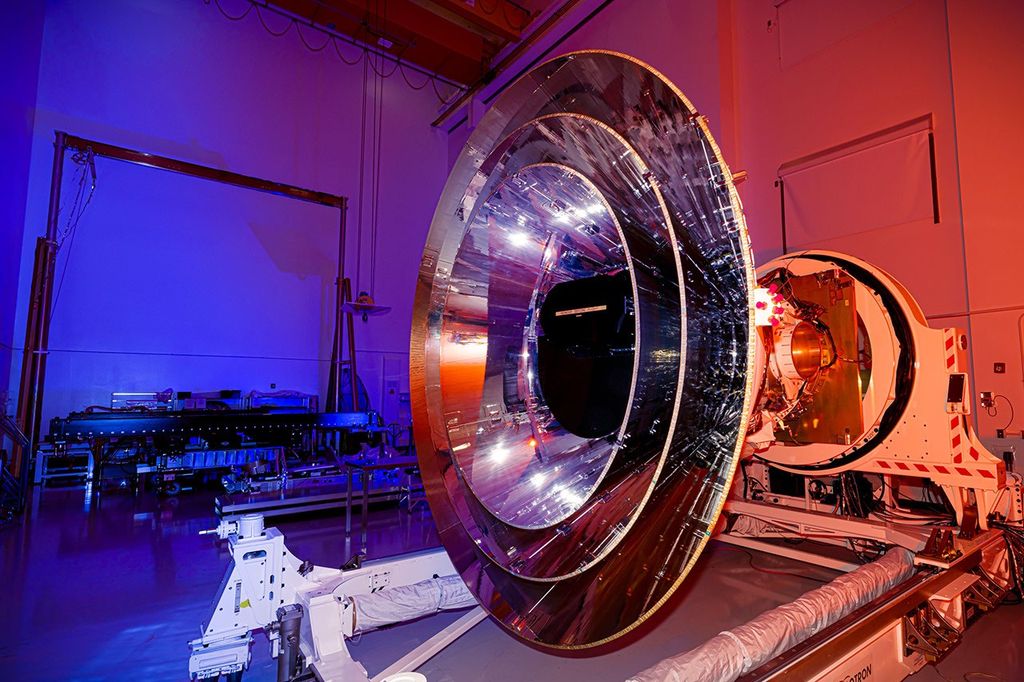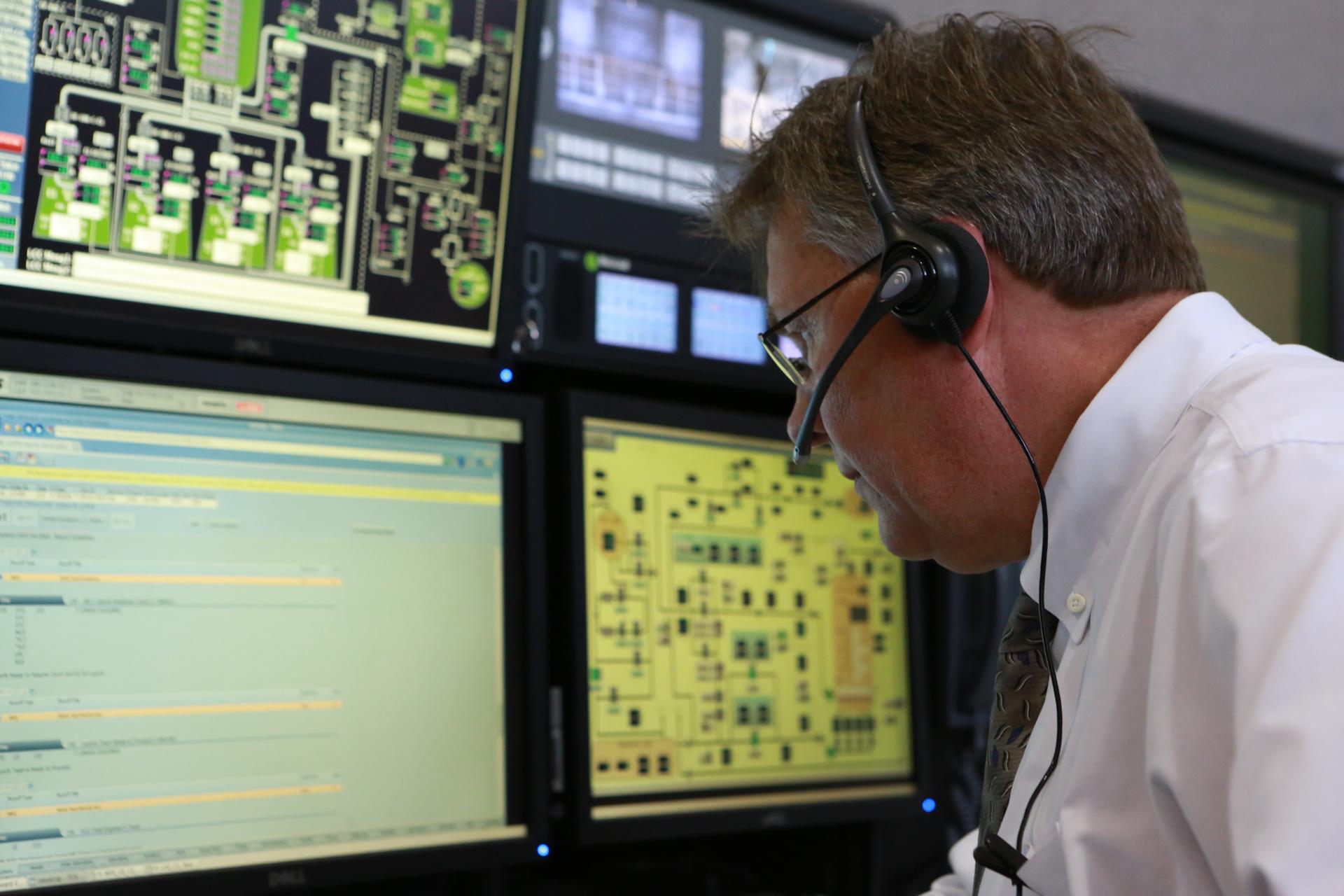By Jason Costa
NASA’s John F. Kennedy Space Center
With the launch of Artemis I only months away, the excitement was palpable inside the Launch Control Center at NASA’s Kennedy Space Center in Florida on Dec. 13. Dozens of launch team members from NASA and contractor companies met for a joint launch countdown and ascent simulation – one that certified the Kennedy launch team as ready before the inaugural flight of NASA’s massive Space Launch System (SLS) rocket and Orion spacecraft.
NASA launch teams from Kennedy, Johnson Space Center in Houston, and Marshall Space Flight Center in Alabama, including the Artemis I Mission Management Team, teams from Space Launch Delta 45 at Cape Canaveral, the Eastern Range, as well as contractors who designed and built the SLS and Orion, and support networks all over the world participated in the joint simulation.
“This simulation was designed to emulate the launch day as close as we can and get us to a point where we’ll be ready to launch the rocket and spacecraft,” said Jeff Spaulding, who will serve as the lead NASA Test Director for the Artemis I launch.
With preparations starting at 5 a.m., the simulation kicked off three hours later and ended at 6:40 p.m., with debriefs going until 8 p.m. The joint launch countdown simulation combined all aspects of fueling the rocket, with several problems intentionally introduced for the teams to discover and work. From cryogenic loading – or propellant fueling – through launch, the simulation comprised all personnel expected to support on launch day, creating the most accurate simulation to date. For prior Artemis I launch simulations, the cryogenic and terminal count portions were simulated in separate events.
“The simulations are a cornerstone of a rigorous training and certification process,” said Phil Weber, senior technical integration manager for Exploration Ground Systems and lead launch project engineer for the Artemis I countdown and launch. “You want people sitting on the prime launch team in the control room who are comfortable and certified and have all the requisite training and skills and knowledge to do the functions, especially when the heat and pressure is on.”
The Artemis team previously performed a simulation on this scale in July of 2021. Following the most recent certification, smaller teams will continue to rehearse their functions during other launch simulations to ensure their readiness for Artemis I. Then the entire team will come together again for the wet dress rehearsal, when the SLS will roll to the launch pad and experience full cryogenic loading of the core stage and Interim Cryogenic Propulsion Stage, and the launch team will count all the way down to 9.8 seconds.
“The number one goal for this particular simulation was our certification run,” Spaulding said. “Our launch team has been going through individual training, systems training, integrated testing training, and getting the rocket and spacecraft ready to go out to the launch pad – all of that training comes together to prepare us for launch day.”
The joint integrated simulation marked the 10th cryogenic loading and 12th terminal countdown simulation for Artemis I. As with every simulation, the team identifies items it wants to learn from and tighten up as they move toward wet dress rehearsal and launch, and this certification simulation marked another important milestone after years of preparation, fine-tuning, and forward progress.
“I heard a quote one time that said, ‘If everyone is moving forward together, then success takes care of itself,’” said Artemis I Launch Director Charlie Blackwell-Thompson. “Our launch team is continuing to move toward launch together, and this simulation was a demonstration of that. I am confident that on launch day, we will be ready for all that day holds.”
With launch certification attained, as well as a mindset to expect the unexpected, the Kennedy launch team is ready to apply their expertise and problem-solving skills to tackle any challenges as it launches the world’s most powerful rocket. Artemis I will be the first integrated flight test of NASA’s deep space exploration system: the Orion spacecraft, SLS rocket, and the ground systems at Kennedy Space Center. The first in a series of increasingly complex missions, Artemis I will provide a foundation for human deep space exploration, and demonstrate commitment and capability to extend human existence to the Moon and beyond.
































